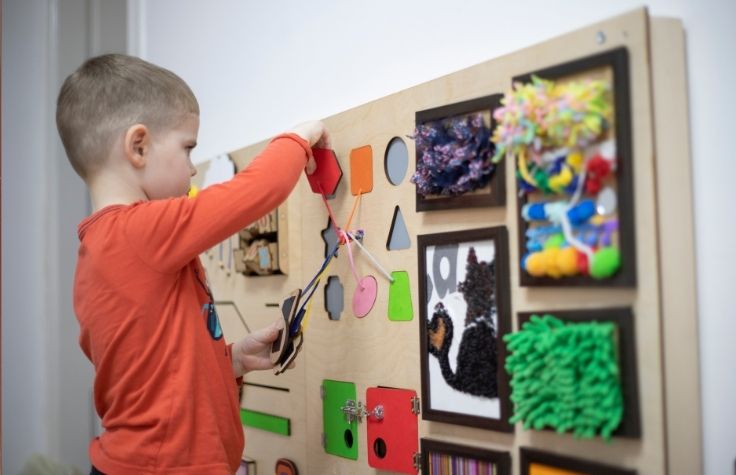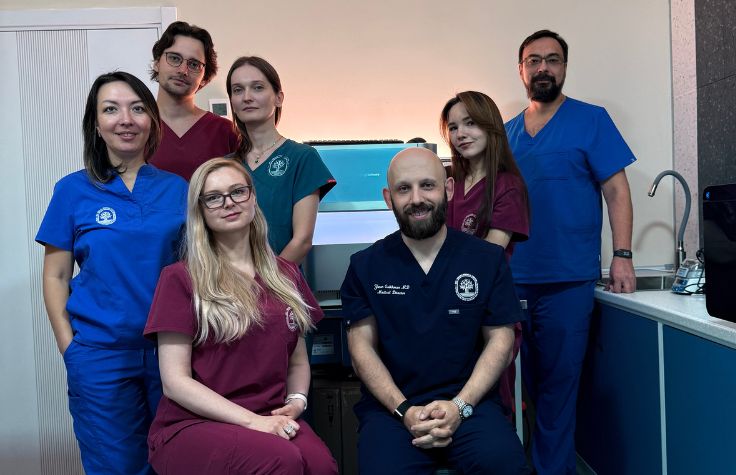
9 September 2020
In a groundbreaking study published in Nature, an international research team has shown that short repetitive DNA sequences, called tandem repeats, when expanded, can play a significant role in autism spectrum disorder (ASD). Led by researchers at The Hospital for Sick Children (SickKids) in Toronto, the research utilized data primarily from Illumina instruments to study the genomes of thousands of people and show, for the first time, that many different tandem repeat expansions can contribute to ASD.
“This study demonstrates that we can look for these repeat expansions in large association studies and find variants that were previously ignored,” said Michael Eberle, PhD, senior principal scientist in Research and Technology Development at Illumina and a coauthor on the paper. “One of our roles at Illumina has been to develop the software for research like this. Described in a separate paper published earlier this year, we created a tool called ExpansionHunter Denovo, which searches for expanded repeats in whole genome sequencing data.”
Tandem repeats, which are two or more DNA base pairs repeated in sequence, have long been implicated, in their expanded form, in Huntington’s Disease, ALS and around 40 other conditions. However, these are so-called Mendelian disorders, caused by mutations in a single gene. Prior to this study, little was known what role these types of mutations might have in complex disorders, such as ASD.
To fill in that information, the researchers studied more than 17,000 genomes including families with autism and population controls. Comparing whole genome sequence data using ExpansionHunter Denovo and a novel analytical pipeline, the team identified repeat expansions in nearly 2,600 genomic regions that were more common in the ASD population than the control group. Many of these were found in genes associated with nervous system development, as would be expected for a brain disorder like autism.
“These findings suggest that as much as 2.6% of ASD risk may be conferred by repeat expansions,” said Eberle, “which is about equal to the previously known genetic contributions of de novo mutations.”
Because these expansions can bear little resemblance to the reference genome, they are often missed by standard bioinformatics algorithms. The novel method designed by the researchers, which included ExpansionHunter Denovo, allowed them to highlight these mutations and better understand how they might contribute to ASD.
While initially designed to detect tandem repeat expansions in rare and undiagnosed genetic diseases, ExpansionHunter Denovo has found a new application in the studies of complex traits. Eberle notes the software can detect repeat expansions that are 150 base pairs or larger. Further technological refinements may produce even more information.
“In this study, we were looking for extreme mutation events and found a strong signal,” said Eberle. “It does open up the idea that shorter expansions, say 60 base pairs or less, may also be associated with ASD, or in other conditions.”
This research also lays to rest prior doubts that short read sequencing can accurately identify repeat expansions. In fact, for reasons of cost, short read technology may present the path forward to find these alterations in large populations.
“This tool allows us to mine tens of thousands of genomes for these signals,” said Eberle. “We couldn’t do this with other technologies because they can’t produce that level of throughput.”


